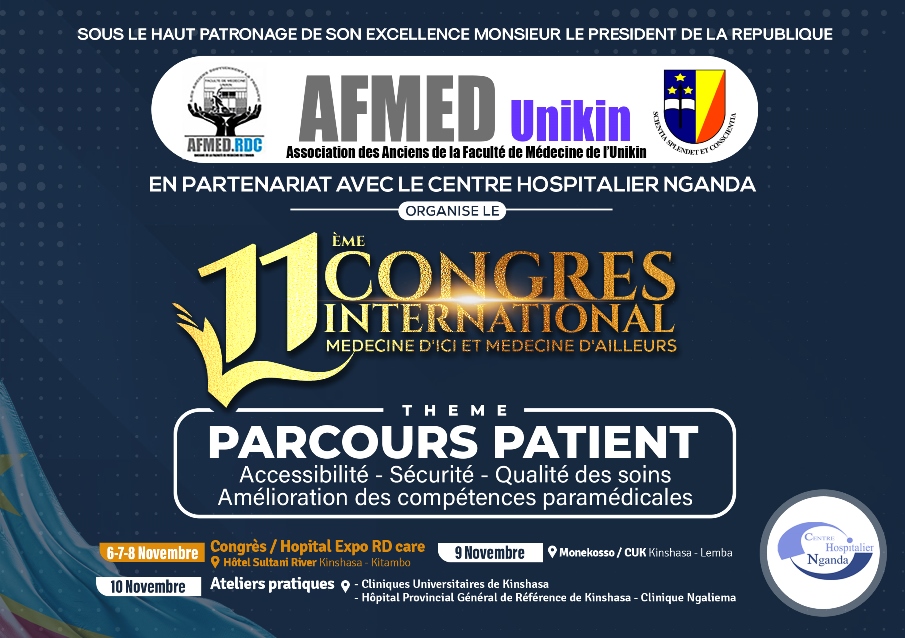Loukia Aketi1*, Zacharie Kashongwe2, Christian Kinsiona1, Serge Bisuta Fueza2,3,
Jack Kokolomami4, Grace Bolie1‡, Paul Lumbala1‡, Joseph Shiku Diayisu1
1 Department of Pediatrics, University Hospital of Kinshasa, Kinshasa, Democratic Republic of Congo,
2 Department of Internal Medicine, University Hospital of Kinshasa, Kinshasa, Democratic Republic of
Congo, 3 National Tuberculosis Program, Kinshasa, Democratic Republic of Congo, 4 Epidemiology and
Biostatistics Department, Public Health School at the University of Kinshasa, Kinshasa, Democratic Republic of Congo These authors contributed equally to this work.
‡ These authors also contributed equally to this work.
Abstract
Childhood tuberculosis (TB) is a diagnostic challenge in developing countries, and patient outcome can be influenced by certain factors. We report the disease course, clinical profile and factors associated with treatment outcome in a tertiary facility of Kinshasa. Documentary and analytical studies were conducted using clinical and exploratory data for children aged up to 15 years who were admitted to the University Clinics of Kinshasa for TB. Data are presented as frequencies and averages, and binary and logistic regression analyses were performed. Of 283 children with TB, 82 (29.0%) had smear-negative TB, 40 (14.1%) had smear-positive TB, 159 (56.1%) had extra-pulmonary TB (EPTB), 2 (0.7%) had multidrug-resistant TB (MDR-TB), 167 (59.0%) completed treatment, 30 (10.6%) were cured, 7 (2.5%) failed treatment, 4 (1.4%) died, 55 (19.4%) were transferred to health centers nearest their home, and 20 (7.0%) were defaulters. In the binary analysis, reported TB contacts (p = 0.048), type of TB (p = 0.000), HIV status (p = 0.050), Ziehl-Nielsen test result (p =0.000), Lowenstein culture (p = 0.004) and chest X-ray (p = 0.057) were associated with outcome.
In the logistic regression, none of these factors was a significant predictor of outcome.
Tertiary level care facilities must improve the diagnosis and care of patients with childhood TB, which justifies the development of alternative diagnostic techniques and the assessment of other factors that potentially affect outcome.
PLOS ONE | DOI:10.1371/journal.pone.0153914 April 21, 2016









